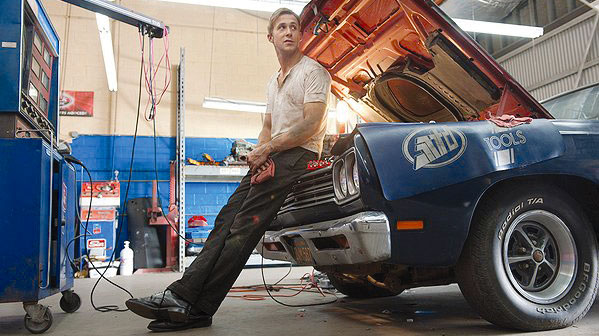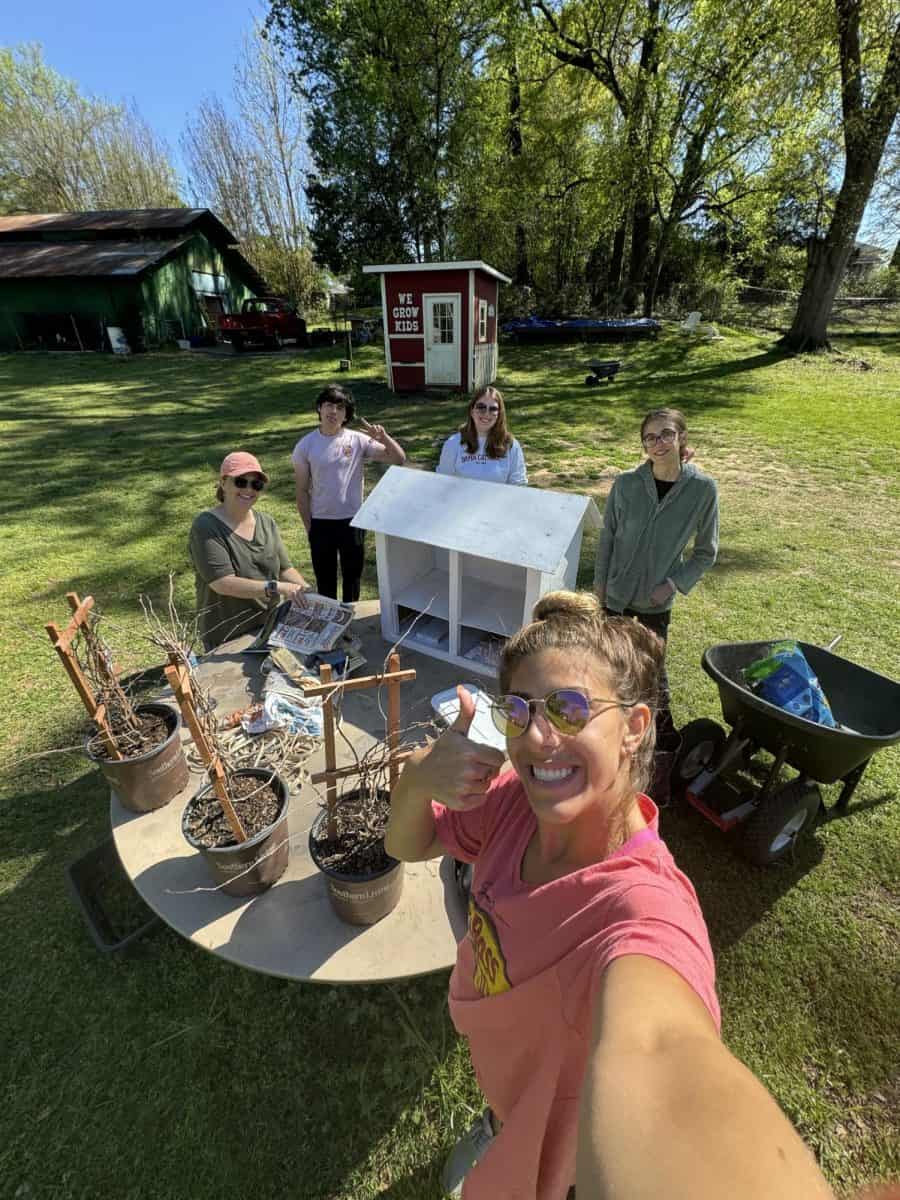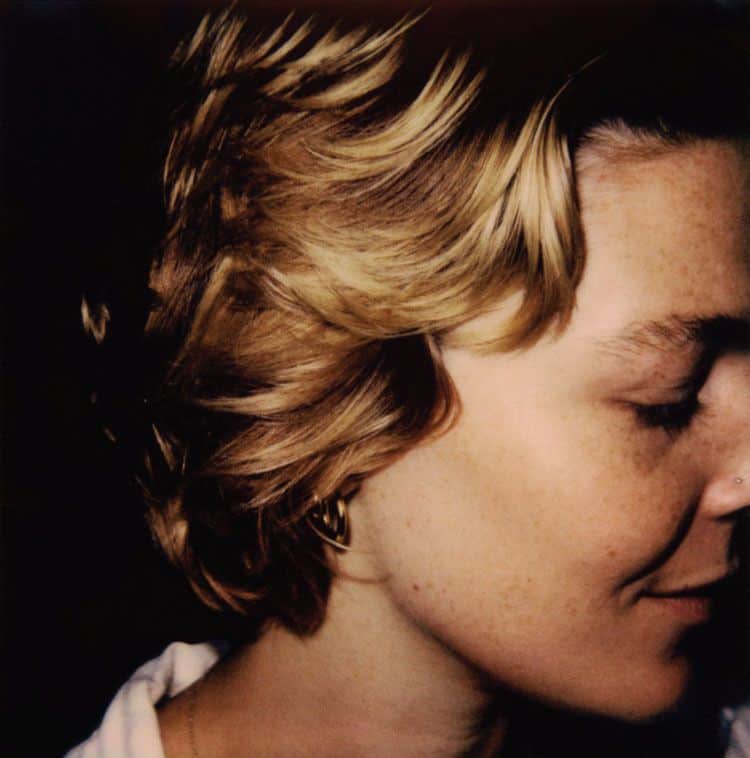“Drive” is a solid movie with first-rate acting, but it is a bit derivative of “Taxi Driver.” In the movie’s defense, it is based on a book, so likely the book was originally derivative.
Similarities with “Taxi Driver” abound. The main characters in each movie, Roberto DeNiro and Ryan Gosling, are drivers by trade, a bit of a loner until meeting a young woman. He also runs into danger because of said woman, and both are filled with violence. It doesn’t seem to be a coincidence that Jodie Foster’s character in “Taxi Driver” is named Iris and Carey Mulligan’s character is named Irene. Collectively, they are the women who both get DeNiro and Gosling into trouble and redeem them.
In the opening scene, Gosling (simply known as “The Driver”) seems to be channeling DeNiro. He effectively keeps a toothpick in his mouth for most of the film. It’s a nice extra touch only seen by the best actors. There is even a low-angle shot of Gosling, with his neatly-kept, short brown hair and slick jacket, while driving that is just like a shot of DeNiro at the beginning of “Taxi Driver.” Like DeNiro’s green army jacket, Gosling eventually becomes associated with his white jacket with the emblem of a scorpion on the back.
There is even a speech similar to one by DeNiro in “Taxi Driver” where Gosling tells Irene he has to go somewhere. Gosling shifts from being a gentlemen looking after a woman and her son to being someone not to be messed with relatively easily.
There are also major differences: “Taxi Driver’s” violence occurs at the end of the film all at once and isn’t completely unexpected, while in “Drive” we are thrust into violence midway through and the violence is a bit more surprising. Also, Gosling is less pathetic than DeNiro’s Travis Bickles in “Taxi Driver.” He is aloof like Bickles, but Gosling isn’t antisocial and doesn’t become obsessive over the young woman he meets. He does commit himself to the idea of protecting Irene but not to an obsessive level. He doesn’t openly hate people like Travis Bickles does; he just feels more comfortable working on cars than being around people. Also, Irene has a son that Gosling comes to care for.
Another major difference is that “Drive” is a hybrid of the ’80s and the present in Los Angeles, while “Taxi Driver” is 1970s New York. The ’80s-influenced soundtrack was stuck in my head afterward. The band College’s song “Real Hero” almost becomes a theme song for The Driver. The music, with its ethereal synths and pulsing beats, is at times haunting or else driving (initially no pun intended). Much like the film itself, it has a hypnotic draw.
The acting is first rate. Gosling was remarkable in “Half Nelson” and continues to do impressive work. In fact, this is but one of his three major roles this year (“Ides of March” with George Clooney will be out in a few weeks).
The violence is almost too much. After you’ve witnessed a few deaths, seeing the villain, played by Albert Brooks, brutally stab a guy in the throat leaves you unsurprised.
“Drive” is recommended, but be prepared to receive a heavy dose of graphic violence. However, this isn’t just a run-of-the-mill thriller. “Drive” has good pacing, giving time for the characters to develop while jumping into the action before things get dull. Gosling is that rare thing: an anti-hero you care for. His actions aren’t typical of “the good guy” but they performed in the name of something bigger than himself.
3 stars out of 4







